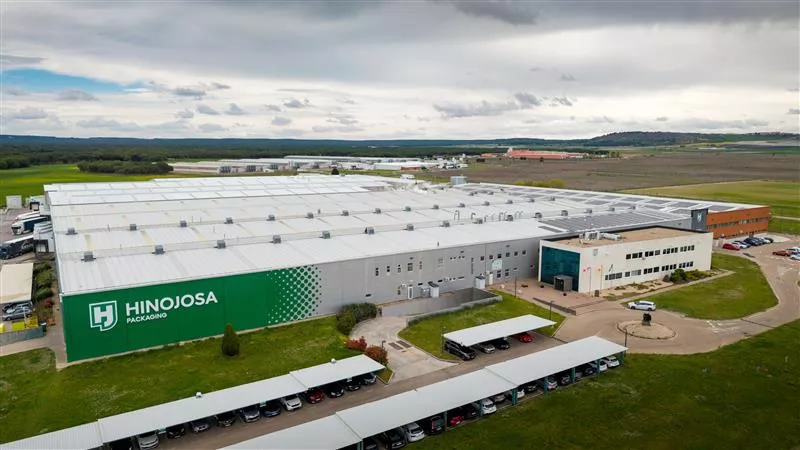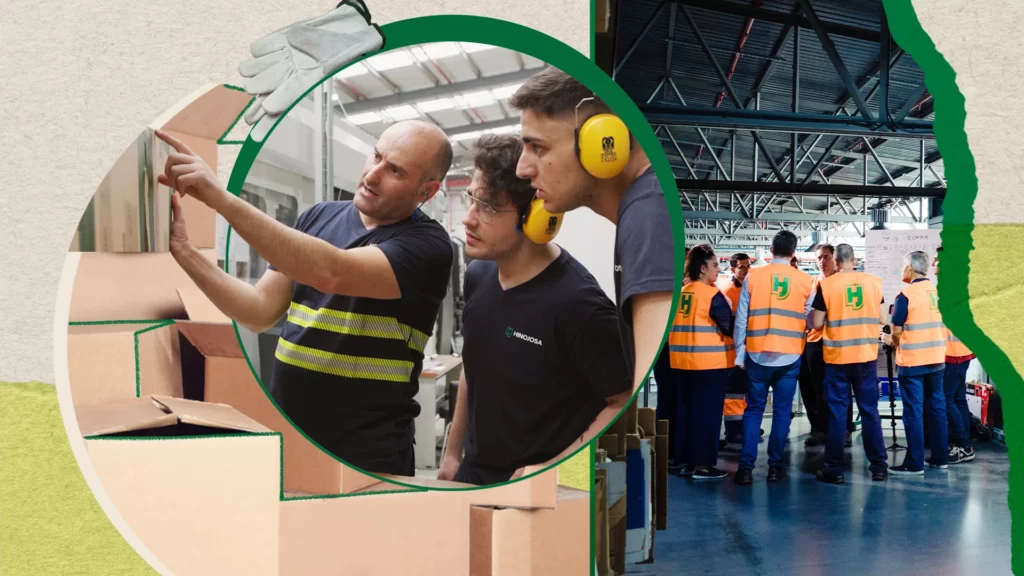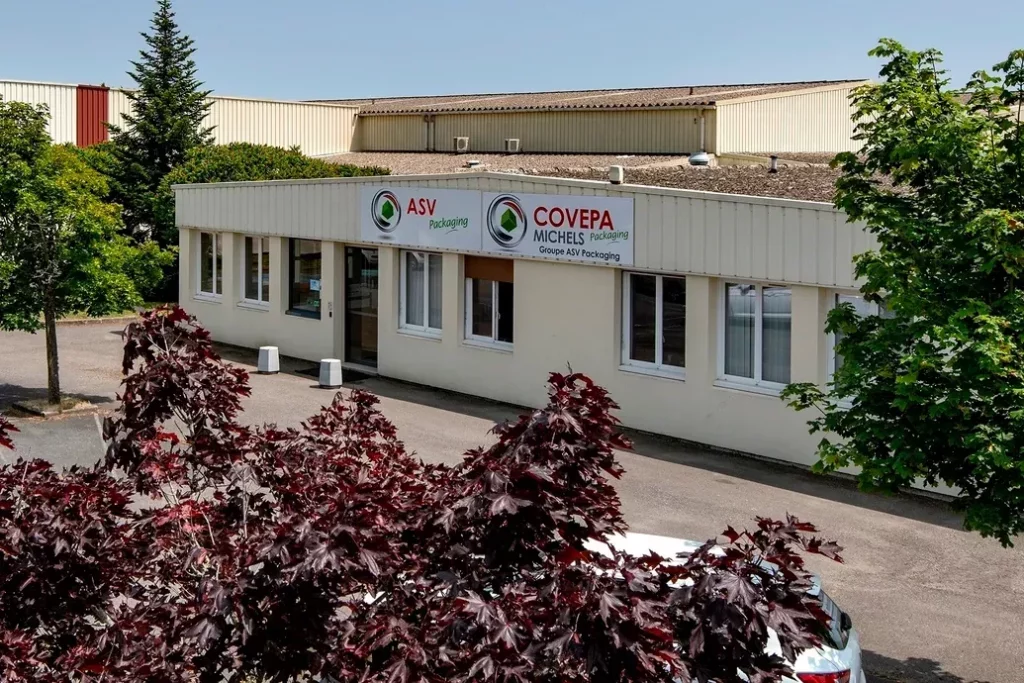In recent times, all our habits have undergone an accelerated transformation, as has the way we stock up on essentials. For many consumers in this day and age, shopping is done from home, at the click of a button. The process is more organised and simplified, and comes with increasingly high expectations of safety and quality.
Accelerated by digitalisation and the pandemic, this change in habits has completely transformed consumers’ relationships with retailers and brands. The convenience of receiving products at home is no longer a mere luxury, but a reality for many families, and in this new scenario, packaging has become a key part of making the whole chain work.
From aisles to clicks: an accelerated evolution
For years, food packaging was designed to attract consumers’ attention at the point of sale. Its aims were to stand out on shelves, protect its contents, and facilitate storage. Now, these standards have been raised: brands must now strive to ensure that their products are also resistant to transport logistics and are packaged in a way that optimises space in delivery vehicles, facilitates delivery and enhances the experience at home. All this without forgetting, of course, the criteria of sustainability and environmental impact that consumers value more and more.
In this context, packaging has become a strategic ally. It helps lower logistics costs, minimises incidents and can improve brand perception at the time the consumer receives their order.
Solutions that respond to new needs
This new reality is driving many companies to rethink their packaging solutions and packaging innovation is already responding to these new challenges. Companies such as Dia, in collaboration with Hinojosa have already implemented more efficient solutions, adapting formats, materials and processes to improve logistics and customer experience. This sustainable packaging aims to help enable online ordering of refrigerated products. Made from 100% recycled and recyclable cardboard, it eliminates the use of plastics and maintains temperature by being housed in an insulated container.
In addition, this innovation allows for more effective preservation of food during transport and storage, ensuring that it reaches households in optimal conditions, and thus contributing to reducing food waste, a challenge that is becoming increasingly relevant throughout the value chain. In addition to improving food preservation, it facilitates order preparation and is a step forward in sustainability.
Such collaborations demonstrate how packaging is no longer just a practicality but an essential component of the shopping experience. Home-delivered groceries are not a fad. All indications are that online food shopping will continue to grow in the coming years. And in this new consumption model, packaging will be a key ally like never before; for brands, for retailers, and above all for consumers who want practical, responsible and well thought-out solutions.



